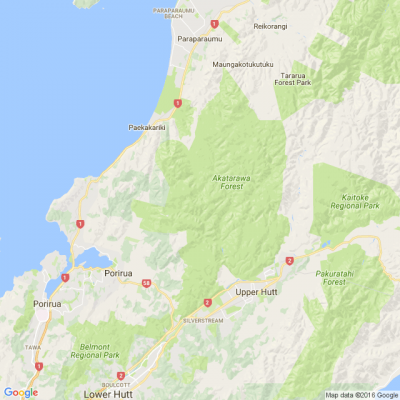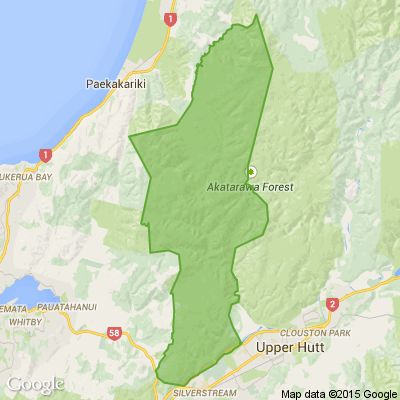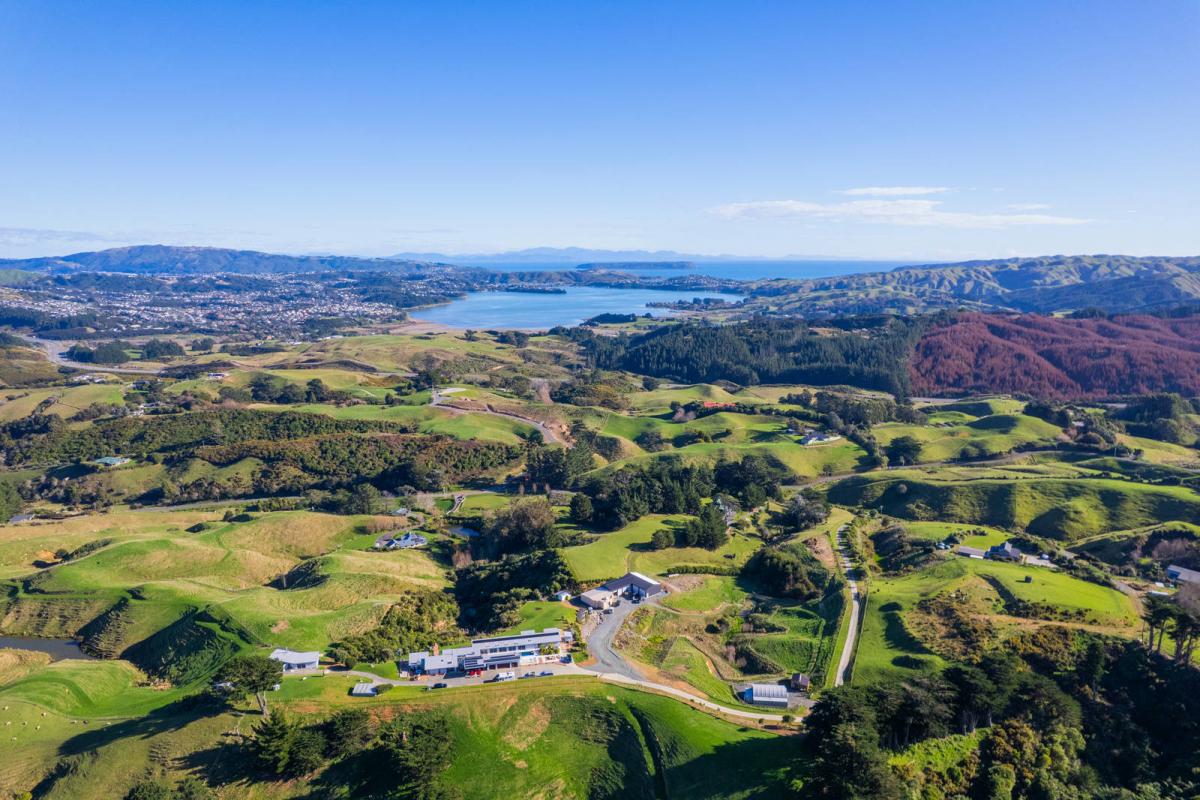Strategies For Climate Change
KCDC needs to revise its ambulance at the bottom of the cliff approach to climate change. Instead of reminding us what we need to have in a grab bag, timely attention should be given to adaptations to our existing infrastructure to enable it to cope with the severe weather events which are inevitably coming.
Chris Turver has recently recommended that the current Floodplain Management Plan be revised, and I would concur that this should be done. However, the work should not stop there. These management plan exercises are in danger of becoming tick-box exercises and are often consigned to the bottom draw to accumulate dust once they are signed off. Any strategies we use now have to be living documents. Our lives will depend upon it.
We also need to adapt existing infrastructure outside of flood plain areas to cope with extreme runoff. Parks and reserves can be re-designed to capture water in heavy rain events. Roads can be cambered to direct water to outflow areas. Landscaping and public recreation areas need to be made more permeable, to absorb water rather than turn into raging torrents across kilometers of concrete. The Waikanae River needs to have gravel removed as a matter of urgency. This could benefit the community in a number of ways. The gravel can be distributed for permeable paths, communities could have water holes constructed for recreational use.
For those who would like to understand more about these concepts, Mathew Bradbury's recent publication "Water City: Practical Strategies for Climate Change" is a valuable resource. Its available on Amazon. Katherine Ryan also interviewed Mathew on RNZ last week and this is available on the RNZ website. The strategies he advises and the evidence for these is compelling.
We not only need to "build back better", we need better existing structures also. The word is out from gardeners, landscapers and lifestyle block owners alike, that adding mulch and compost to soils absorbs water and slows down water flows. The more we can add to our soils the better. Twig mulch and bark paths are more absorbent than concrete.
The old slash and burn methods of agriculture are no longer appropriate. We should be utilizing forestry slash to provide more permeable surfaces, rather than burning it. These large scale burn offs add a lot more Co2. KCDC could help the Hawkes Bay Council by removing a few truckloads of chipped slash and providing it for local users here. Funding could also be allocated to individuals to improve water capture through tanks, swales and ponds.These strategies are, in my view, more deserving of funding than some of the current decisions that have been made. Storytelling is nice to have, but we don't want to have to tell the stories of how our families did not survive the winter of 2023 flood.

Scam Alert: Fake information regarding December Bonuses from MSD
The Ministry of Social Development is reporting that fake information is circulating about new ‘December bonuses’ or ‘benefit increases’
If you get suspicious communication, please contact Netsafe.

Poll: Are Kiwis allergic to “exuberance”? 🥝
In The Post’s opinion piece on the developments set to open across Aotearoa in 2026, John Coop suggests that, as a nation, we’re “allergic to exuberance.”
We want to know: Are we really allergic to showing our excitement?
Is it time to lean into a more optimistic view of the place we call home? As big projects take shape and new opportunities emerge, perhaps it’s worth asking whether a little more confidence (and enthusiasm!) could do us some good.

-
41.5% Yes
-
33.6% Maybe?
-
24.9% No
Some Choice News!
Many New Zealand gardens aren’t seeing as many monarch butterflies fluttering around their swan plants and flower beds these days — the hungry Asian paper wasp has been taking its toll.
Thanks to people like Alan Baldick, who’s made it his mission to protect the monarch, his neighbours still get to enjoy these beautiful butterflies in their own backyards.
Thinking about planting something to invite more butterflies, bees, and birds into your garden?
Thanks for your mahi, Alan! We hope this brings a smile!








 Loading…
Loading…


